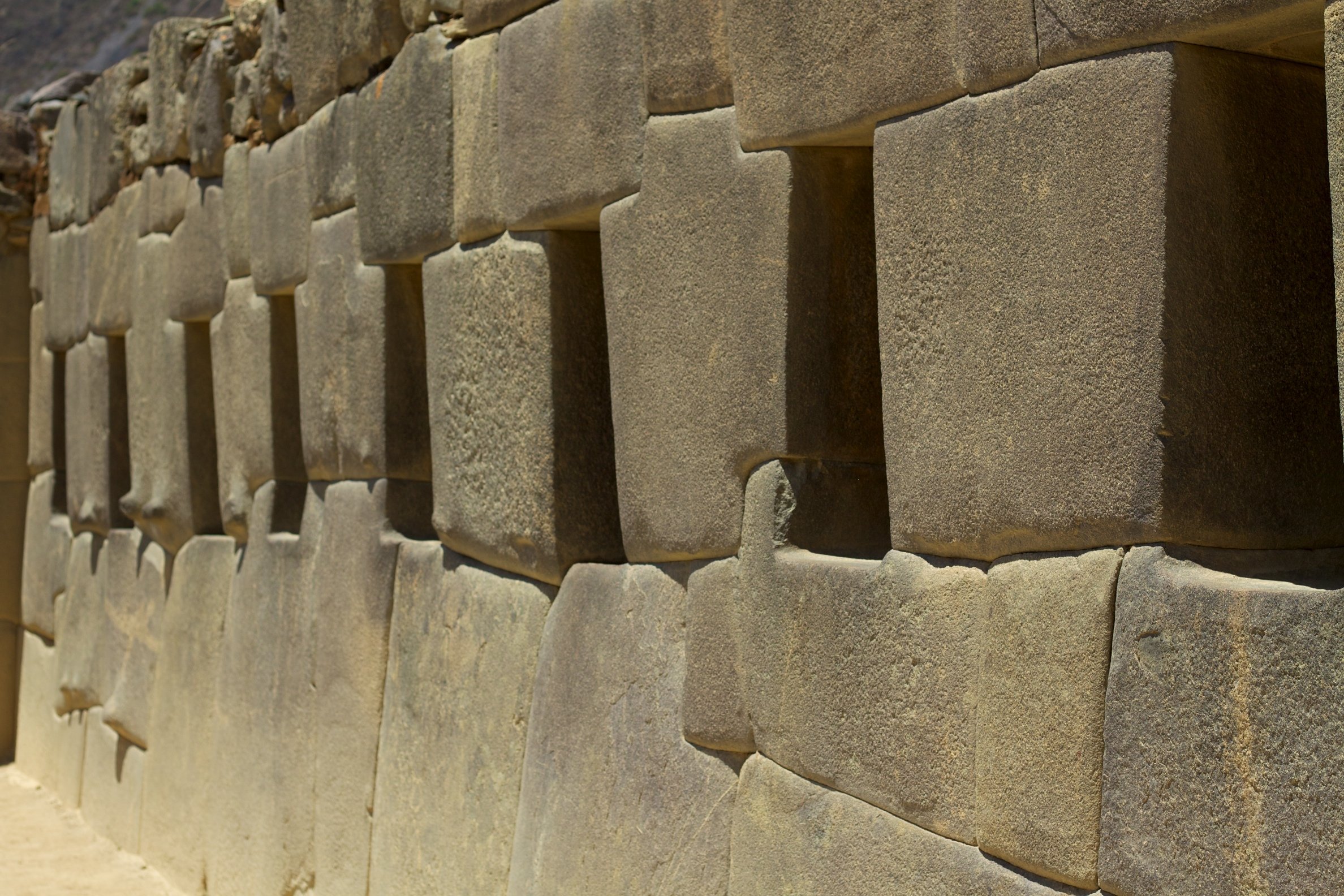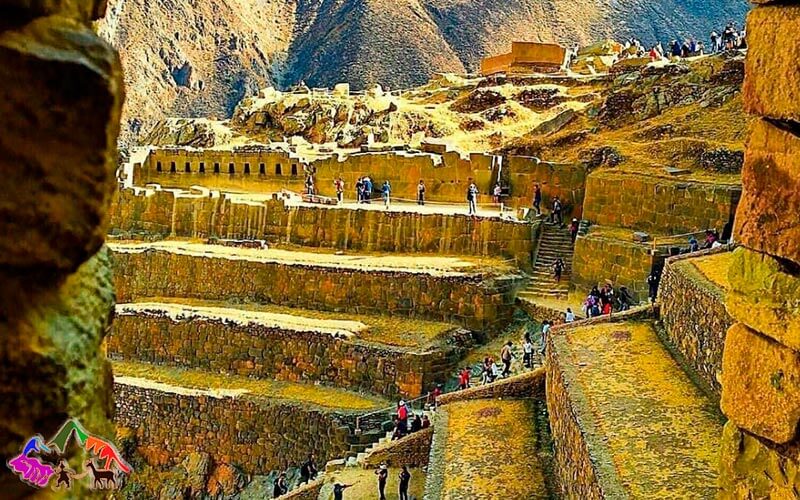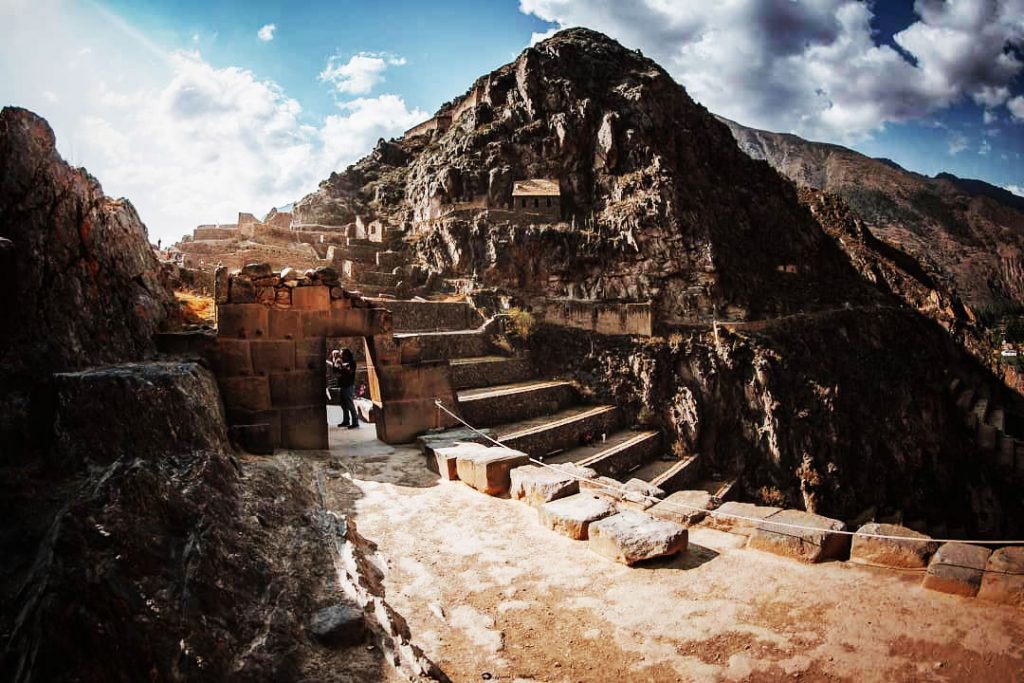Ollantaytambo stands as a remarkable town and Inca archaeological site nestled in southern Peru, approximately 72 kilometers northwest of Cusco. Situated at an elevation of 2,792 meters above sea level in the district of Ollantaytambo, the province of Urubamba, in the Cusco region, this location holds historical significance.
Emperor Pachacuti, a key figure during the Inca Empire, established Ollantaytambo as his royal estate after conquering the region. The town and its ceremonial center were built under his rule. When the Spanish arrived in Peru, Ollantaytambo became a stronghold for Manco Inca Yupanqui, the leader of the Inca resistance.
Today, Ollantaytambo is a prominent tourist destination within the Sacred Valley of the Incas due to its Inca ruins and its position on the route to the Inca Trail, a popular starting point for the four-day trek.

The ruins at Ollantaytambo hold both religious and strategic significance. Constructed in the 1400s, the Inca fortress, also known as Temple Hill, and the Temple of the Sun, featuring monolithic stones, tower over the town’s cobblestone streets. These massive stones still bear ancient symbol-like marks in relief.
Ascending the 200 steps to the summit provides visitors with a close-up view of fountains, temples, and even an Inca face carved into the cliff overlooking the valley.
Ollantaytambo served as a vital military, agricultural, and religious hub for managing and controlling the Sacred Valley of the Incas. This is evident in the construction of agricultural reservoirs, defensive walls, and watchtowers, likely built to safeguard against neighboring ethnic groups.

A total of 150 steps separate the lower part of Ollantaytambo from the top, where perfectly carved stones dedicated to water worship can be found, resembling those at Tipon in the South Valley of Cusco.
This ceremonial center, a place of water purification worship, boasts a series of terraces with impressive stone blocks meticulously carved and situated on the upper terrace known as the Temple of the Sun.
The Inca ruins at Ollantaytambo serve as a testament to the people’s efforts under Pachacutec’s rule. Following their conquest, the construction of agricultural infrastructure, including numerous platforms and channels, was undertaken to ensure the productivity of farmlands. The area also features lookout points, domestic and ceremonial buildings, and a bridge connecting the village to the Inca Trail.

Notable features of the site include beautiful fountains, a “Temple of the Condor,” and various rocks and stones with indentations and grooves possibly used for astronomical observations. One particularly remarkable rock face contains protruding knobs believed by some to function as a solar clock marking significant celestial events.
The layout of Ollantaytambo is said to have astronomical significance, with the site resembling the shape of a llama. At a higher elevation on the mountain, a stone enclosure known as the “eye of the llama” captures the first rays of the solstice sun.
Speculation surrounds the intricate stonework found at Ollantaytambo, with some suggesting it may have been crafted by beings from beyond Earth. While this theory adds a layer of intrigue, it could also undermine the ingenuity of ancient civilizations.
The mystery of how the Incas managed to construct such a vast and sophisticated complex using rudimentary tools remains unsolved. Despite lacking iron tools or knowledge of the wheel, they were able to quarry, transport, shape, and position massive stones to create remarkable structures.
The post The mystery of Ollantaytambo: How did the Incas build the giant steps appeared first on Anomalien.com.